The crankshaft position sensor is found in virtually every new car on the road today. Its job is to track the position of the crankshaft and the speed at which it is rotating. The crankshaft position sensor will then transmit this data to the engine control unit (ECU).
Based on this information and the current operating conditions, the engine control unit will make adjustments to the amount of fuel that gets injected into the internal combustion chamber. It will also have an impact on the timing of the ignition system as well.
How a Crankshaft Position Sensor Works
The internal combustion engine of a vehicle contains a crankshaft and pistons. These two parts, along with others, allow the engine to start up and produce the power needed to move the vehicle.
As fuel and air burn within the combustion chamber, the vapors put pressure on the pistons. Once that happens, the crankshaft transforms this pressure into rotational energy. The crankshaft needs to be in the right position and rotating at the right speed to pull this off properly.
So in essence, the job of the crankshaft position sensor is to detect the position of the crankshaft and the speed of its rotation.
Now, why is all this important? Well, this is all crucial information which the ECU needs to successfully manage the internal combustion process. As you may know, the internal combustion chamber requires the right amount of fuel in conjunction with outside air to meet the demands of the engine.
The ignition system will then need to time the ignition of the air and fuel mixture just right. Otherwise, it could jeopardize the performance of the engine.
Therefore, the crankshaft position sensor allows the engine control unit to receive accurate information about the crankshaft. That way, the vehicle’s computer will instruct the fuel injectors to “inject” the precise amount of fuel needed in the chamber. Plus, it will control the timing of the ignition so that the mixture is ignited at the right moment.
See Also: Symptoms of a Bad Mass Air Flow Sensor
Top 5 Bad Crankshaft Position Sensor Symptoms
If the crankshaft position sensor is not acting the way it is supposed to, then it will mean trouble for the operation of the engine and the vehicle.
Below are five of the most common signs of a bad crankshaft position sensor. Once you recognize two or more of these, you can then take your vehicle to a mechanic knowing the culprit may simply be the sensor.
1) Irregular Stalling
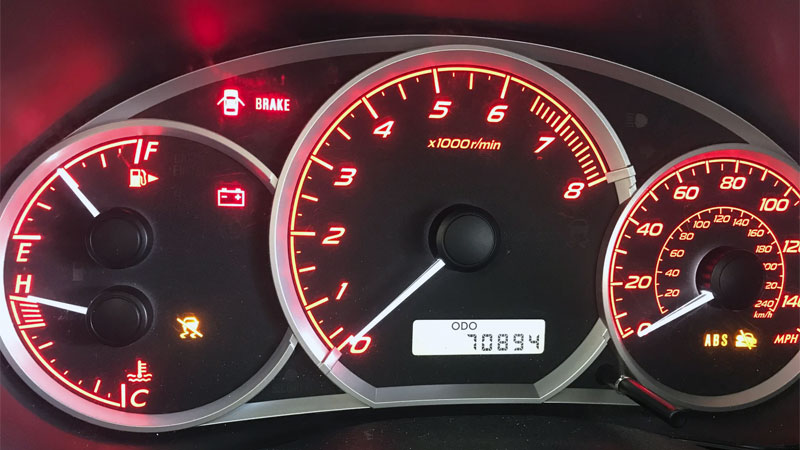
The crankshaft position sensor is comprised of numerous wires which run to the engine control module and crankshaft. If any of these wires were to become damaged or worn out, the engine control unit would not receive the data signal from the sensor.
If you are driving your vehicle while this is happening, your engine may stall. Sometimes it will stall consistently while other times, the stalling will come at irregular intervals. You may also want to check the sensor itself and make sure that is not damaged either.
2) Difficult Starting Vehicle
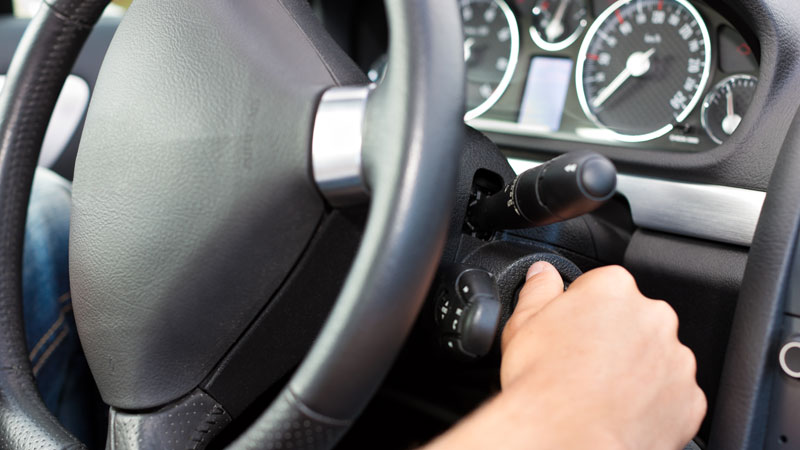
When you have a faulty or damaged crankshaft position sensor, one of the first things you’ll notice is that your vehicle will be difficult to start. The speed and position of your crankshaft need to be just right if your engine is going to start properly.
If your engine control unit cannot receive accurate information about the crankshaft, then you will have trouble starting your vehicle. In some cases, you won’t be able to start the car at all.
3) Engine Vibration

When the position of the crankshaft is not accurately being monitored, this can spell trouble for the engine. The reason is that the engine will not be able to control its power, which can cause it to vibrate profusely.
This problem should not be ignored because it could damage your motor mounts and other vital components that are connected to it.
4) Hesitation When Accelerating

When you step on the gas pedal to accelerate the vehicle, the engine control unit is supposed to receive information about the cylinders’ position. But if you have a bad crankshaft position sensor, there will be a delay in the time it takes for the engine control unit to receive this information.
That means that each time you step on the gas pedal, there will be hesitation in the acceleration instead of an immediate response.
5) Check Engine Light
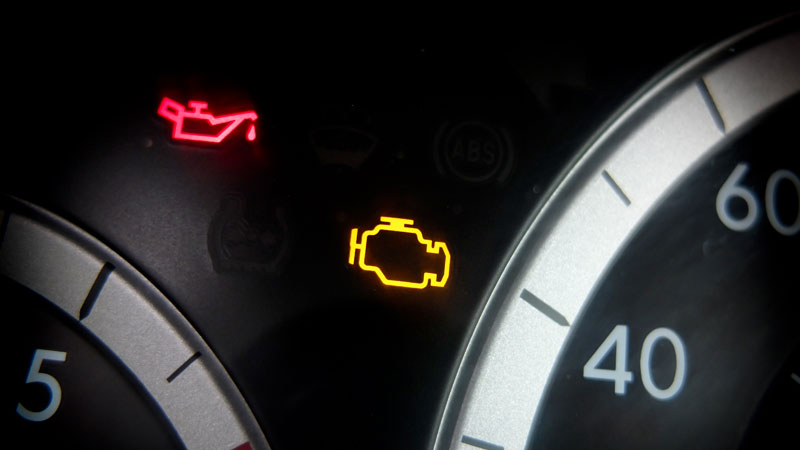
There are over a hundred reasons why the check engine light may come on. One of those reasons is having a bad crankshaft position sensor.
If the engine control unit does not receive a proper signal from the sensor, the unit may think something is wrong and will automatically illuminate the check engine light on the dashboard. Upon scanning for trouble codes with an OBD2 scanner, you may see crankshaft position sensor related codes such as P0335 or P0340.
If you are experiencing any of these other symptoms in addition to the check engine light, then that increases the likelihood that the crankshaft position sensor is to blame. If you do not notice any other symptoms, then you’ll need to have a mechanic run a diagnostic test to figure out what is going on.
Crankshaft Position Sensor Replacement Cost
We recommend Parts Geek for the best prices and selection.
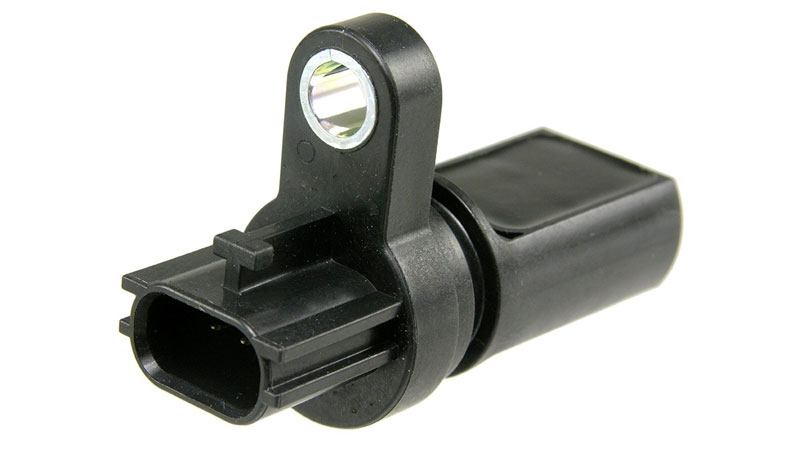
When it comes time to replace your crankshaft position sensor, expect for it to cost you somewhere between $120 and $260.
The part costs will only be around $40 to $120 depending on the vehicle and whether the new sensor is OEM or aftermarket. The labor cost will be around $80 to $140 as it’s usually fairly easy to reach although sometimes other parts need to be removed to get to it.
Other than the make and model of your vehicle, the total replacement job cost depends heavily on who does the job. Your best bet would be to research a couple independent auto repair shops and get quotes on the cost of replacement. While your local dealership would be happy to replace a simply part like a sensor, expect to pay a premium.
- Power Windows Not Working? (10 Common Causes and How to Fix) - February 8, 2024
- 14 Causes of a Car Losing Power When Accelerating - January 23, 2024
- 13 Causes of Poor Gas Mileage (Increase Your MPG) - December 13, 2023

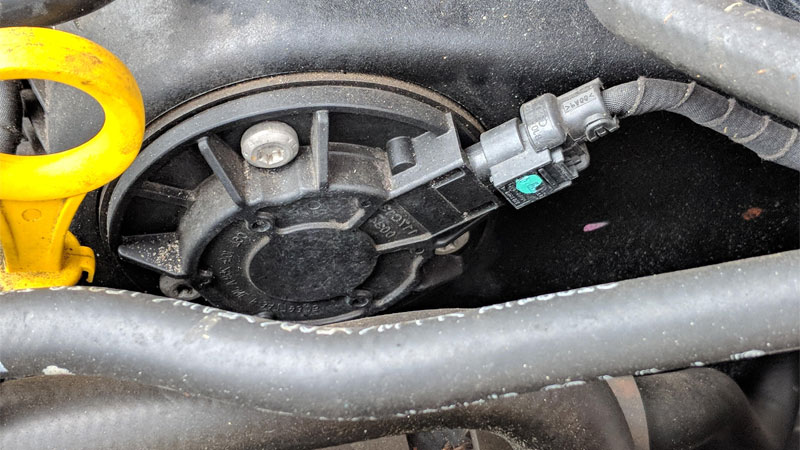
thank for your assistance